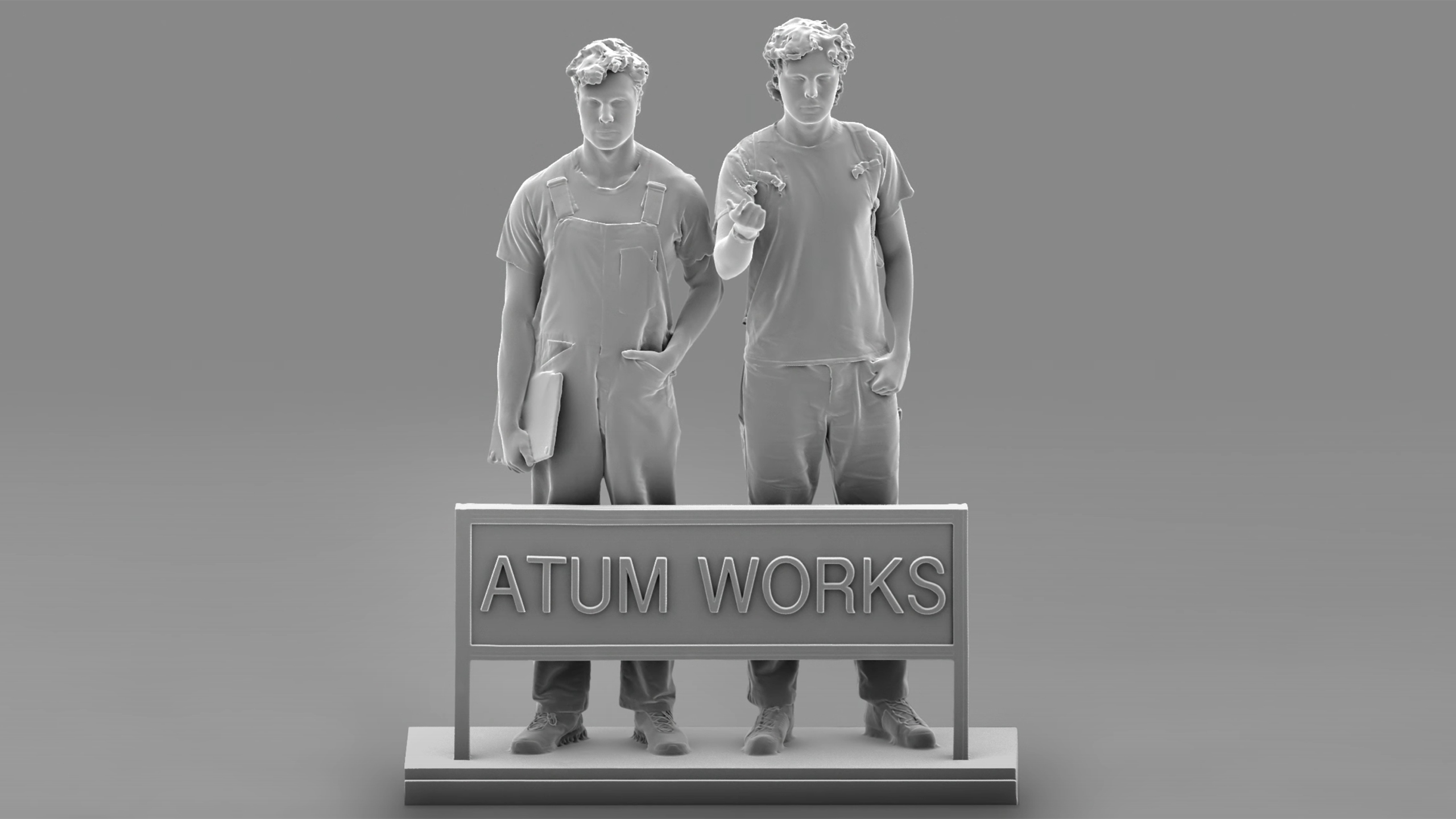Startup aims to 3D print chips and cut production costs by 90% — nanoprinter operates at wafer scale

Startup Atum Works claims that its nanoscale 3D printing method can easily replace current production flows and reduce chip fabrication costs by 90%, according to a launch post on YCombinator. There is a catch though: its capabilities are outdated by 20 years for logic chips, but may be just fine for packaging, photonics, and sensors.
Modern chips are like buildings: they have multiple floors, different types of blocks inside, and communications infrastructure. Every advanced chip is manufactured through an intricate process involving thousands of steps and hundreds of specialized tools, so it is quite expensive.
Atum Works claims that it has developed and built a nanoscale 3D printer that is capable of fabricating multi-material 3D structures with a 100 nm resolution at a voxel level at wafer scale. Instead of following the conventional planar lithography workflow, where circuits are patterned onto silicon wafers using light exposure through photomasks, Atum Works' system deposits materials at precise locations in three-dimensional space. This enables the fabrication of integrated circuits and allows items like interconnects to be formed in a continuous, unified process, which promises to improve yields compared to conventional methods.
Modern EUV lithography tools have a resolution of around 13 nm (Applied's Sculpta can then enhance or modify patterns made by scanners with a 1~2nm critical dimension control), whereas modern etching tools achieve a sub-10nm precision in vertical direction. A 100nm resolution was relevant for 90nm ~ 110nm process technologies used in 2003 – 2005.
That said, Atum Works's nanoscale 3D printer is not exactly suitable for building high-performance processors. However, nanoscale 3D printer can enable direct 3D fabrication and multi-material integration potentially useful for packaging, photonics, interconnect structures, sensors, and non-logic elements where the advantages of complex 3D design outweigh the need for ultra-small features. It is unclear whether the 3D printer is compatible with existing fab tools and flows.
The company is actively engaged in discussions with prospective customers and plans to begin actual product deliveries within the current year. Among its initial partnerships is a letter of intent for collaborative development with Nvidia.
Follow Tom's Hardware on Google News to get our up-to-date news, analysis, and reviews in your feeds. Make sure to click the Follow button.
Get Tom's Hardware's best news and in-depth reviews, straight to your inbox.

Anton Shilov is a contributing writer at Tom’s Hardware. Over the past couple of decades, he has covered everything from CPUs and GPUs to supercomputers and from modern process technologies and latest fab tools to high-tech industry trends.